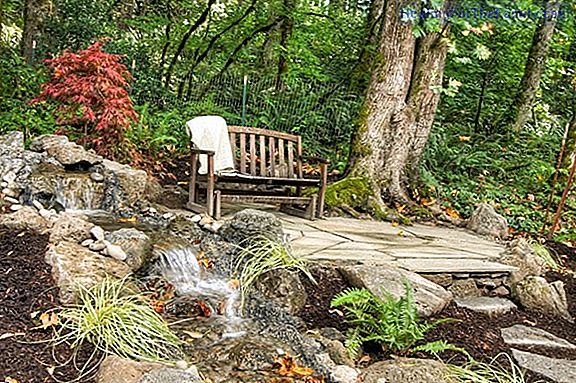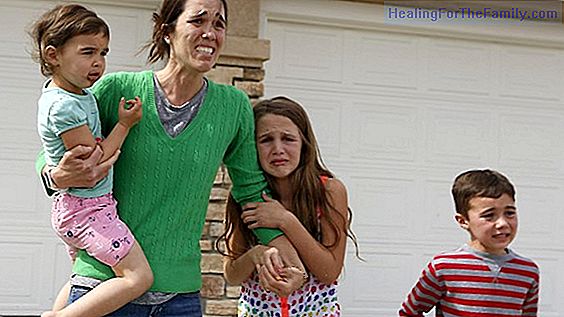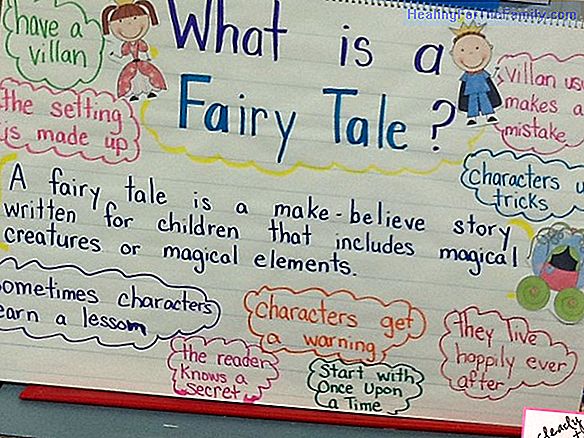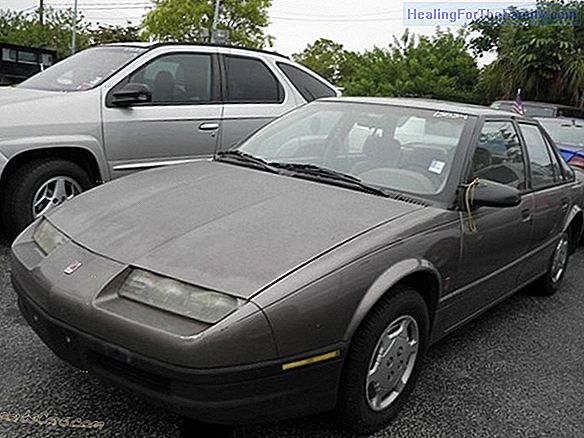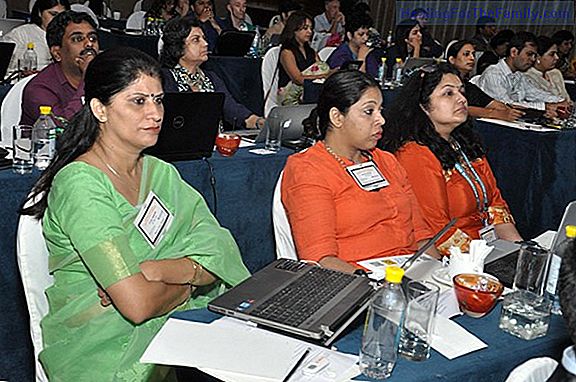Rayuela. Games for children
The game of Rayuela , also known as trick, fight, square, Chilean or kite, is a very fun activity that children play. It is a game that helps children learn and write numbers and awakens their skills such as counting, reasoning and improving their balance. The number sequence that is required to pla
The game of Rayuela, also known as trick, fight, square, Chilean or kite, is a very fun activity that children play. It is a game that helps children learn and write numbers and awakens their skills such as counting, reasoning and improving their balance.
The number sequence that is required to play hopscotch encourages children to develop mathematical logical thinking. The jumps that the children will have to give will bring them greater agility, coordination and strength. It is a game that helps the motor development of children.
How to play hopscotch
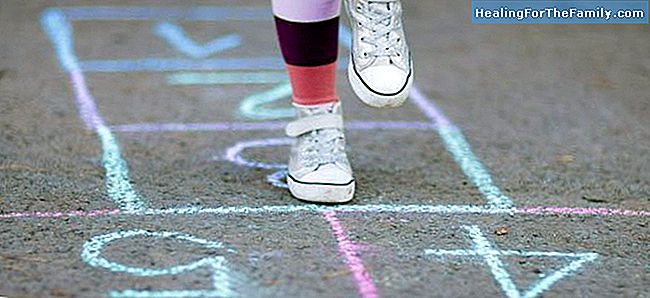
That's right, step by step, how you can play hopscotch with children:
1 - With a chalk, draw a diagram composed of 10 pictures, then write the number from 1 to 10, with various chalk colors. You can make a hopscotch or smaller, depending on the size and capabilities of children.
2 - Next, to start playing, the child must stand behind the first square, and throw the stone. The house where it falls will be the place where the child can not step.
3 - The child will start the circuit with one leap to the lame leg (if there is only one square) or two feet (if the square is double). The goal is to move the stone from square to square to number 10 and back.
4 - If the child falls or the stone leaves the square, it will be the turn of the next player.
5 - You can also innovate in this game. You can make hopscotch with different formats to facilitate or hinder the game. Count the creativity.
Hopscotch and children
If you have not played hopscotch with your child yet, it is good to know something else about this fun activity:
- Recommended agea: from 4 years old.
- Where is it played?: patio, sidewalks, on the beach (wet sand), in the squares or sports fields.
- How many participants?: more than 1
- Materials needed: chalk or wand (in the sand), and a stone


